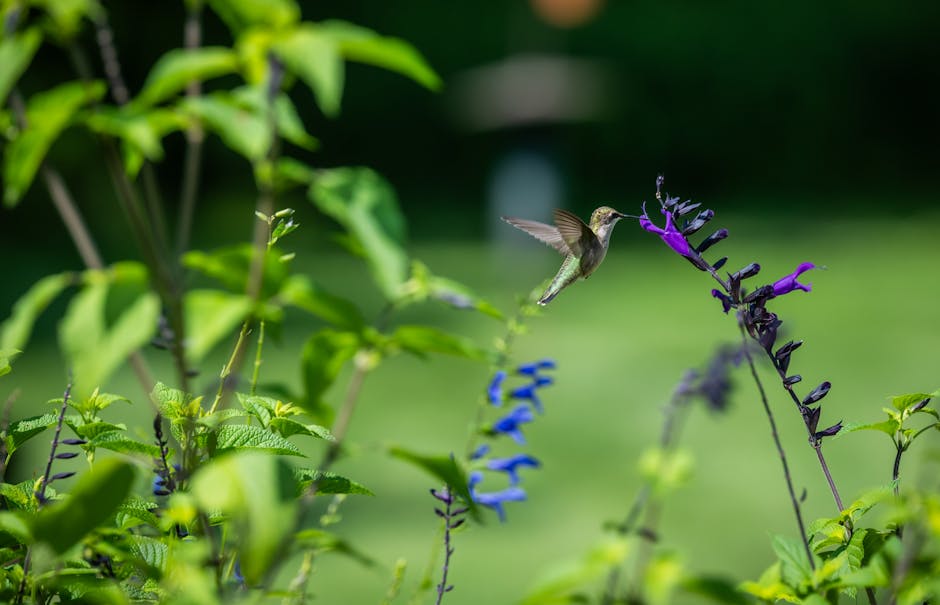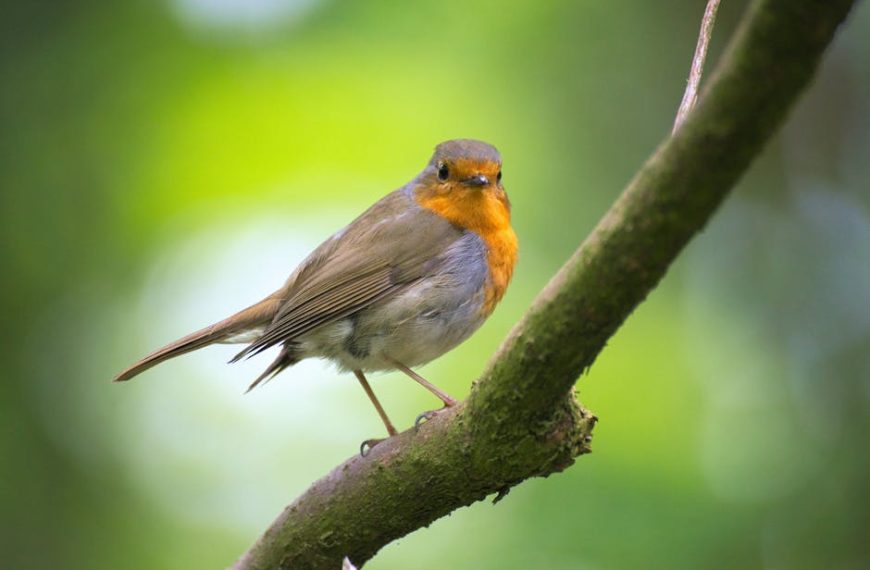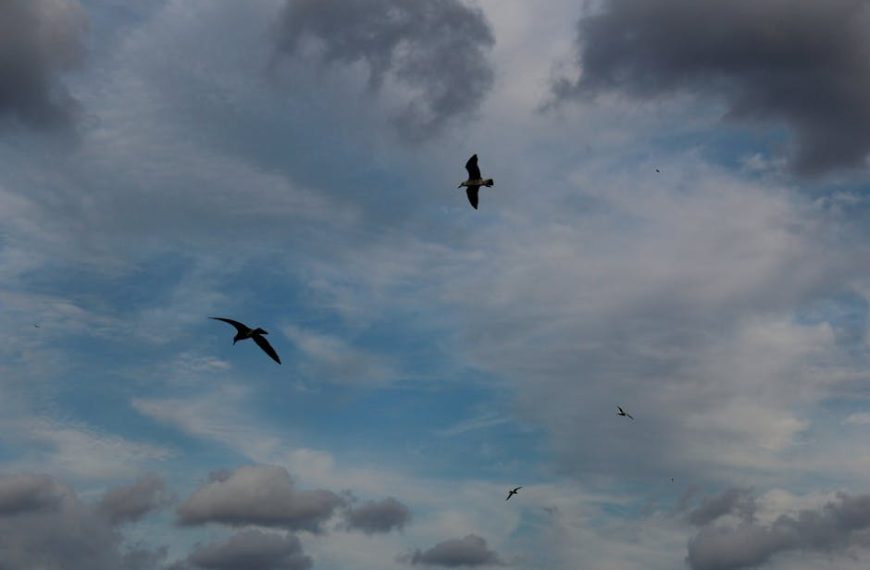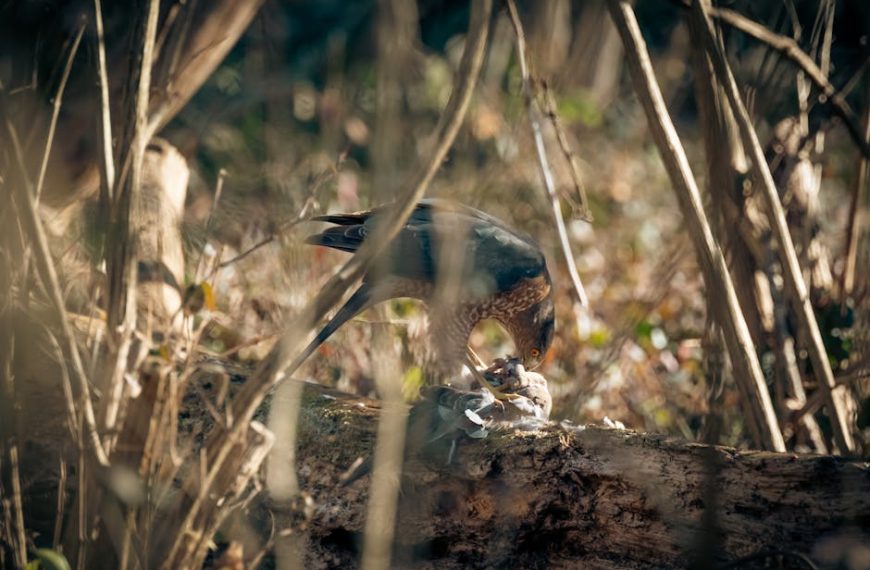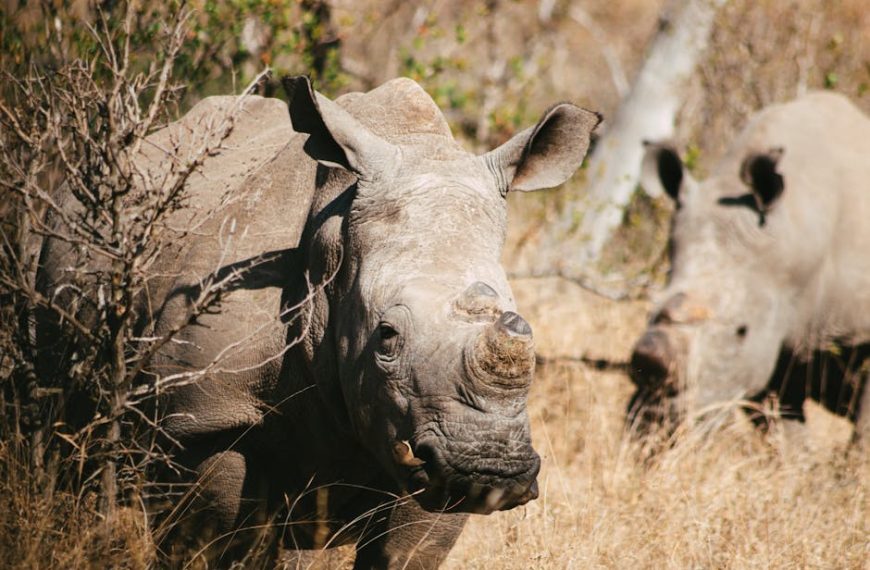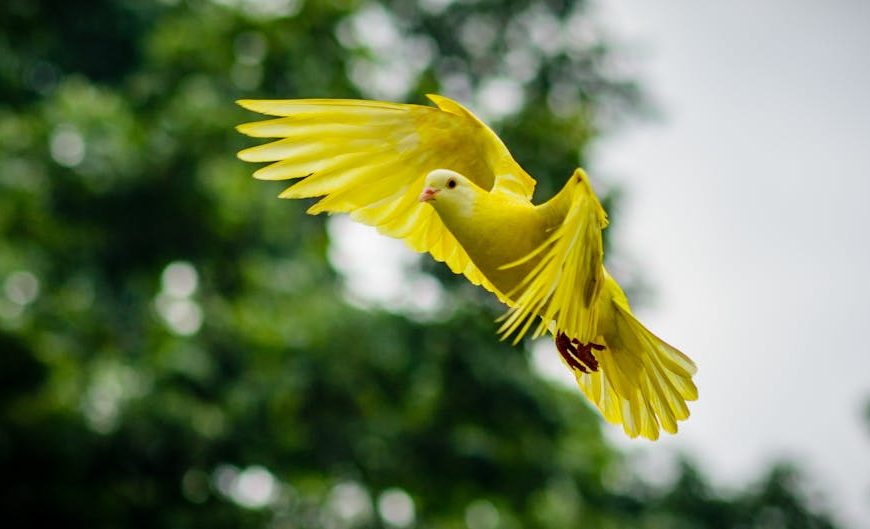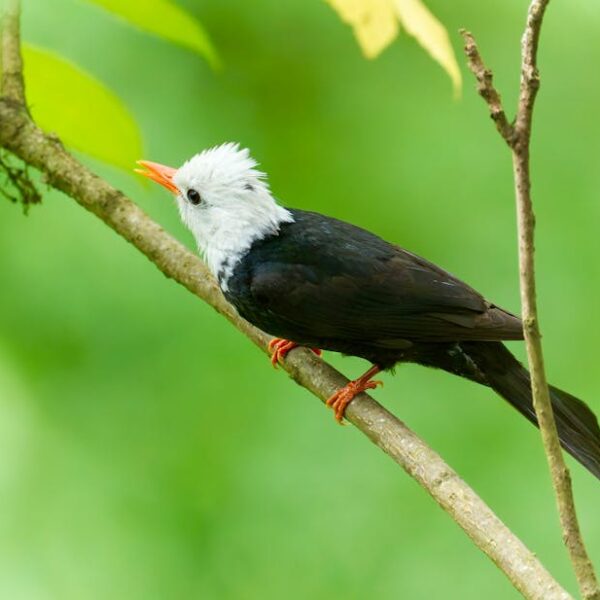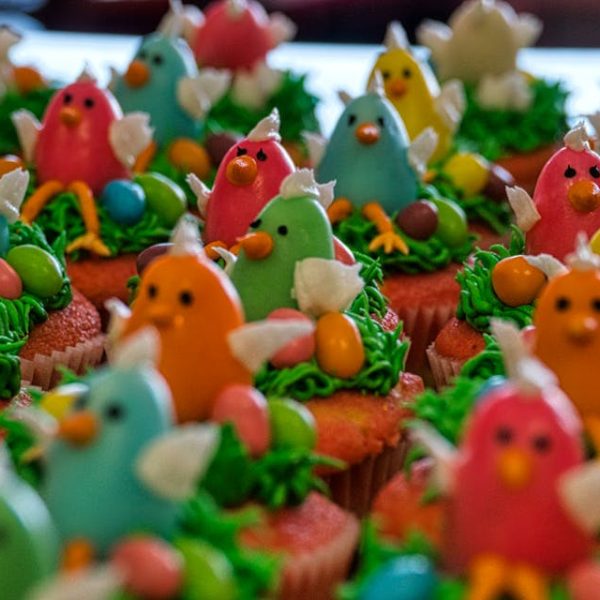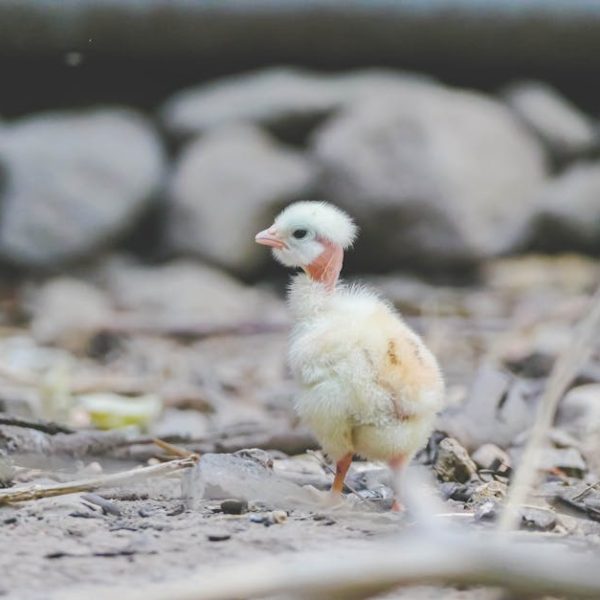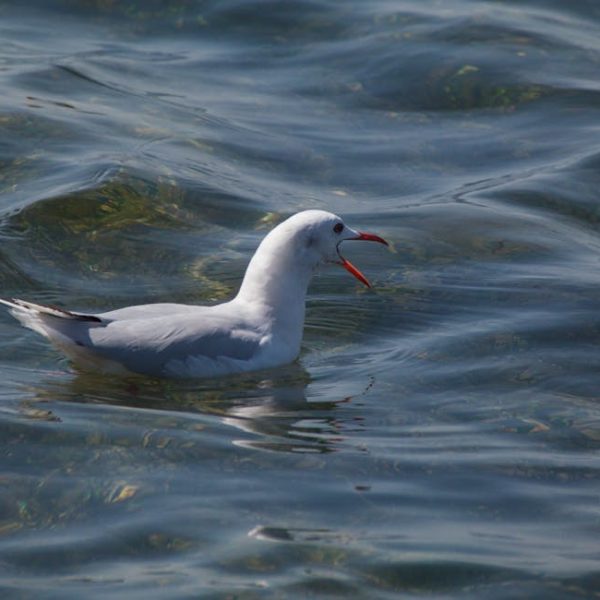Introduction
The world of flora and fauna effortlessly weaves an intricate web of mutual benefits. A perfect example of this symbiosis is the relationship between birds and flowers. Through a process known as bird pollination or ornithophily, birds contribute significantly to the success of various plant species.
Understanding the Basics of Bird Pollination
Bird pollination begins with the visit of a bird to a plant to feed on nectar. Co-existing with the tasty nectar is pollen, which while feeding, clings onto the bird and is subsequently transported to the next flower. This transfer of pollen contributes to plant reproduction. Bird-pollinated flowers have adapted over centuries to fall directly in the line of vision of their avian pollinators. These adaptations may include vibrant colors, certain shapes and even unique scents that attract specific species of birds, setting in motion the process of pollination.
• Bird Pollination: A process where birds, while feeding on a flower’s nectar, carry pollen on their bodies and transfer it to the next one, enabling plant fertilization.
• Ornithophily: A term derived from Greek words ‘ornithos’ (bird) and ‘philia’ (love), indicating bird pollination.
• Co-evolution: The influence of closely associated species on each other in their evolution, like birds and the flowers they pollinate.
The Importance of Bird Pollination in Ecosystems
Bird pollination plays a vital role in preserving the biodiversity within ecosystems. These winged creatures act as agents of cross-pollination, helping in the spread of genetic material across various plant populations. This ensures a healthy degree of genetic diversity among plant species, strengthening the resilience of ecosystems. A thriving population of bird-pollinated flowers can also construct a solid base for food chains, providing sustenance to a variety of wildlife.
Let’s imagine a local forest ecosystem. Bird-pollinated flowers such as red columbines and trumpet vines attract nectar-feeding birds like hummingbirds. In turn, these birds serve as prey for larger animals such as owls and hawks, supporting the continuity of the food chain.
⭐️Pro Tips: To encourage bird pollination in your own garden, consider planting native plants with bright, tubular flowers and providing a variety of feeders that cater to different bird species.
The Traits of Bird-Pollinated Flowers
Bird-pollinated flowers typically carry certain characteristics that appeal to their feathered pollinators. They often sport vibrant colors that can easily catch a bird’s attention. The flowers are usually large and sturdy enough to support a bird’s weight and house an ample supply of nectar. The tubular shape of these flowers ensures that as a bird dips its beak for nectar, pollen has a good chance of adhering to it.
Examples of bird-pollinated flowers include the large, bright red blossoms of the cardinal flower, the tube-shaped, vibrant orange flowers of the trumpet creeper, or the Yellow Trumpetbush whose lemon-colored flowers are specifically designed to attract Sunbirds. The tubular form of these flowers go hand-in-hand with the bird’s long, slender beak, making nectar extraction seamless.
Bird-Specific Adaptations of Flowers
Flowers, in their quest for pollination, have evolved over the years, making specific adaptations to attract their desired pollinators – birds. Ensuring that the flowers are sturdy enough to bear the weight of a bird, designing the petals to form a protected pathway leading to the nectar, and even closing in the late evening to ensure the nectar is preserved for daytime birds- these are all great examples of such adaptations in action.
One of the key advantages of bird pollination is the potential for greater spatial reach. Birds travel larger distances compared to insects, enabling the cross-pollination between plants that are miles apart. On the flip side, bird pollination puts a larger metabolic demand on plants since the nectar produced must be energy-rich to attract birds.
The Role of Color in Bird Pollination
Color plays a massive role in the process of bird pollination. Through the lens of evolution, particular bird species are drawn towards certain hues. For instance, red flowers are known to catch the eyes of hummingbirds. The correlation between bird species and their preferred flower colors is deeply embedded in the process of co-evolution, where the interaction between the bird and the flower has led to these color preferences in both parties.
| Bird Species | Preferred Flower Color |
|---|---|
| Hummingbirds | Red, orange, pink |
| Sunbirds | Yellow, orange |
| Honeyeaters | Bright red, pink, orange |
Checklist: When planning a garden that supports bird pollination, remember to:
•Plant Variety: Opt for a variety of bird-pollinated plants to attract various bird species.
•Color Matters: Incorporate a range of colors in choice of flowers, mainly focusing on bright shades of red, orange, yellow and pink.
•Nectar-rich Flowers: Choose plants that produce plenty of nectar, an essential energy source for birds.
•Bird-Friendly Habitat: Besides flowers, provide a water source and safe roosting spots to encourage birds to frequent your garden.
Bird pollination is a naturally occurring process that deeply impacts the biodiversity of our ecosystems. By creating bird-friendly gardens, we can all play a part in maintaining these colorful connections in nature.
Key Takeaway:
- Bird pollination, or ornithophily, plays a critical role in plant reproduction and ecosystem diversity.
- Flowers have evolved specific traits to attract certain bird species, including vibrant colors, large structures, specific shapes, and nectar production.
- Bird pollination has ecological benefits, such as ensuring genetic diversity among plants and supporting food chains.
- The color of the flower plays a significant role in attracting specific bird species for pollination.
- Encouraging bird pollination in gardens can involve planting specific types of flowers and providing bird-friendly habitats.
While bird pollination has its nuances, it offers a beautiful illustration of nature’s interconnectedness, reminding us that all living creatures have a role to play in sustaining biodiversity. By cultivating bird-friendly gardens, you can contribute to the support of these critical processes and enjoy the vibrant spectacle of birds frequenting your flowers.
FAQs
Q: What is meant by co-evolution in the context of bird pollination?
A: Co-evolution refers to the mutual evolutionary influence between two species that interact closely with each other. In the case of bird pollination, it means that the traits of bird-pollinated flowers and their avian pollinators have influenced each other’s evolution over time to ensure successful pollination.
Q: Are there specific times of the day when bird pollination is more prevalent?
A: Yes, bird pollination is generally more prevalent during the day, especially for birds that feed on nectar. Some flowers even close in the late evening to preserve nectar for daytime birds.
Q: Does the scent of a flower also play a role in attracting birds?
A: While color and shape are dominant factors, the scent of a flower can sometimes also play a role in attracting certain bird species. However, birds tend to rely more on their vision than their sense of smell.
Q: Which types of birds are more likely to contribute to pollination?
A: Certain bird species such as hummingbirds, sunbirds, and honeyeaters are known to contribute significantly to pollination due to their affinity for nectar, their pollination habits, and their preferred flower color.
Q: Are there any downsides to bird pollination for plants?
A: One of the potential downsides of bird pollination is the high metabolic demand it puts on plants. The nectar must be rich in energy to attract birds, which requires plants to expend more resources.
Don’t forget to share this article with anyone who may find it interesting. You can also explore other posts on our website to learn more fascinating facts about our natural world.
